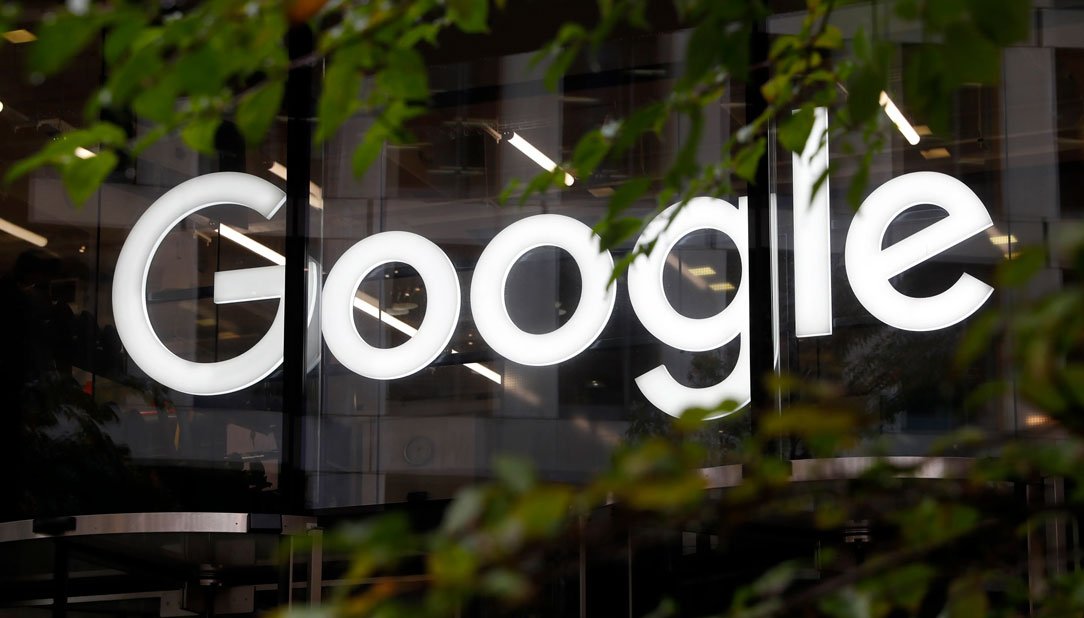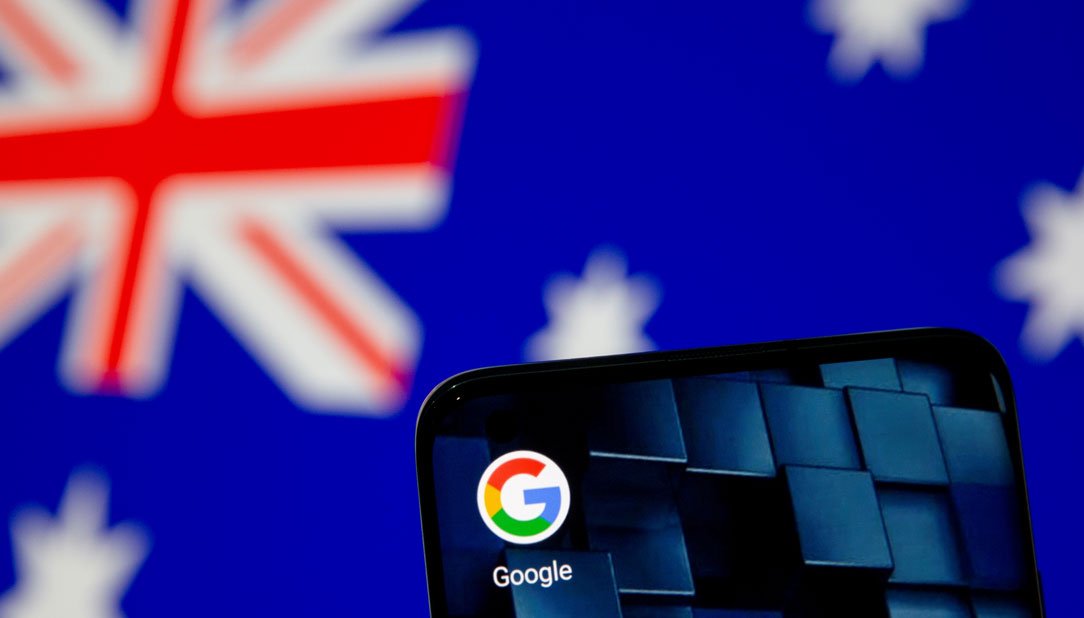Google has agreed to pay a A$55 million (US$35.8 million) fine in Australia. The penalty comes after the country’s consumer watchdog found the company harmed competition by paying major telecom providers to pre-install its search app on Android devices. This practice effectively excluded rival search engines.
Google Deals!
The Australian Competition and Consumer Commission (ACCC) said Google made deals with Telstra and Optus between late 2019 and early 2021. Under these agreements, Google shared advertising revenue with the telecoms. In return, its search app was pre-installed on Android services, giving it a major advantage over competitors.

Google admitted the deals had a substantial impact on competition. The company has since stopped making such arrangements and agreed to the fine. The ACCC said it and Google have jointly submitted the penalty to the Federal Court. The court will now decide whether the fine is appropriate.
ACCC Chair Gina Cass-Gottlieb said the outcome could lead to more search engine options for Australians in the future. She added that the decision opens the door for competing providers to gain more visibility among local users.
Google Position!
A Google spokesperson said the company is pleased to have resolved the ACCC’s concerns. The spokesperson noted that these provisions are no longer part of Google’s commercial agreements. They also stated that Google is working to give Android device makers more flexibility to install browsers and search apps while maintaining key features.

A Telstra spokesperson said both Telstra and Optus had fully cooperated with the ACCC. They also confirmed that the companies had not signed any agreements with Google to pre-install its search product since 2024. Optus is owned by Singapore Telecommunications (SingTel), which did not immediately comment.
The fine comes during a tough time for Google in Australia. A court recently ruled against the company in a lawsuit brought by Epic Games, the creators of Fortnite. The case accused both Google and Apple of blocking rival app stores on their platforms.
In another setback, YouTube was added last month to a national ban on social media platforms for users under 16. The move reversed an earlier decision that had exempted the video-sharing site.
Google rolls out preferred sources in search
Google is giving users more control over the news they see in search results with a new “Preferred Sources” feature, now available in the U.S. and India.
The update allows people to prioritize stories from their favorite sites directly in Google Search.
How Preferred Sources Works
The feature appears as a star icon next to the Top Stories section in Google Search. Clicking the star lets users search for and add their favorite news sites or blogs. Once selected, these sources will appear more often in Top Stories results.For some searches, Google will also display a separate “From your sources” section below Top Stories, giving quick access to content from chosen outlets.
From Experiment to Full Rollout
Google first introduced Preferred Sources as an experimental Search Labs feature, requiring users to opt in. During testing, more than half of participants picked four or more preferred outlets.
The company is now making the feature available to all English-language search users in the U.S. and India, with no opt-in required.
While the feature helps users stay updated with content from trusted outlets, experts warn it could also limit exposure to diverse perspectives, creating information bubbles. Google says it aims to balance personalization with content variety.








